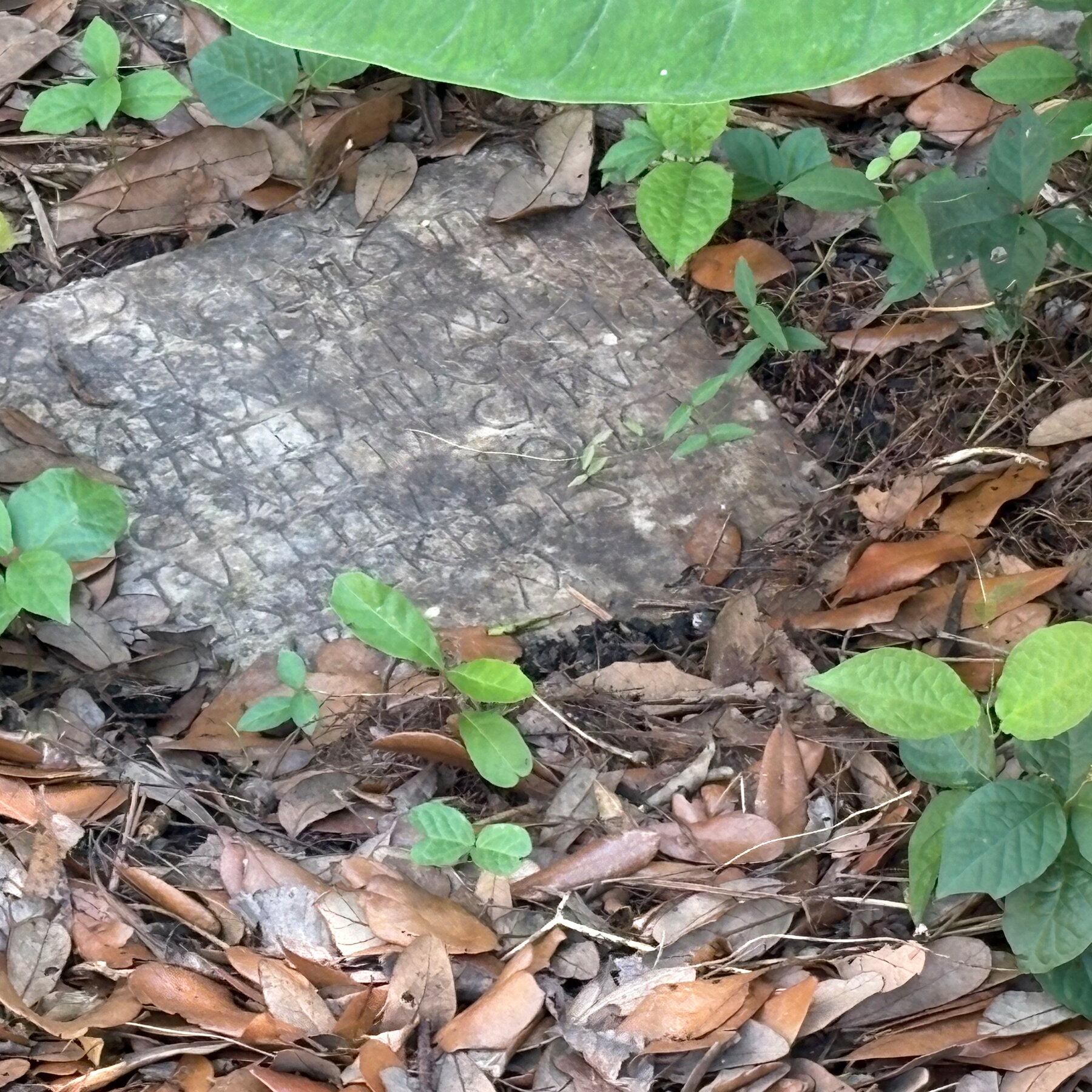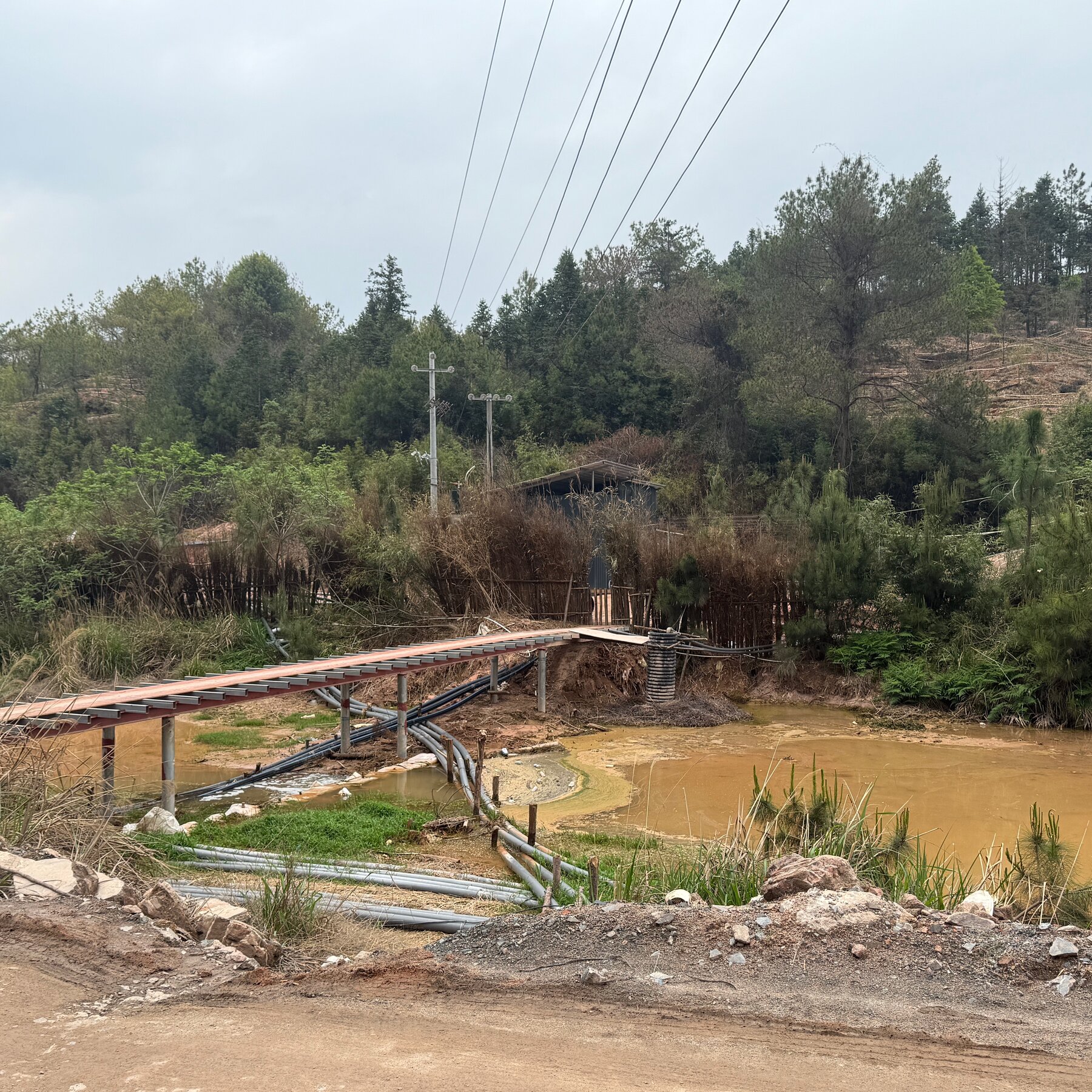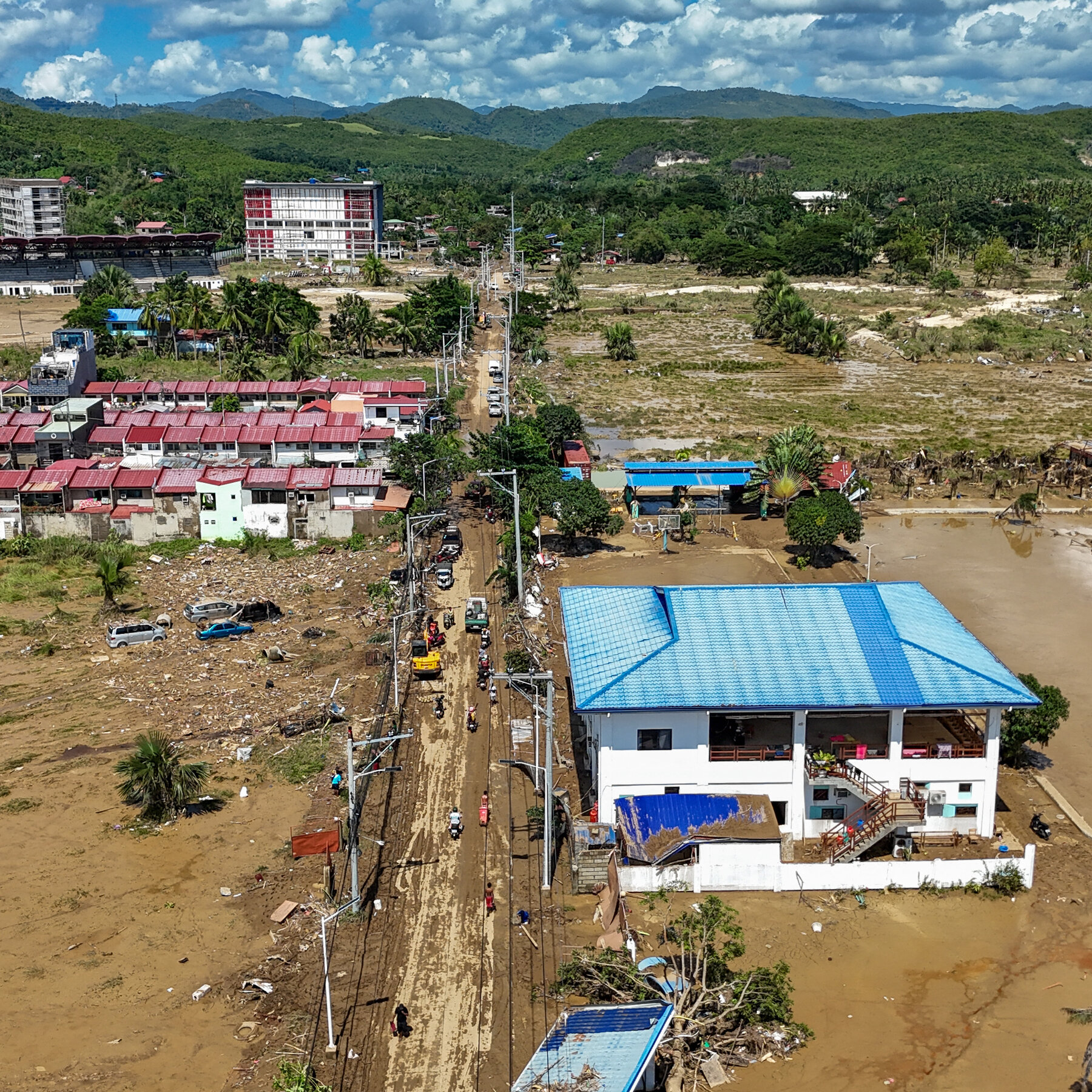UN Climate Summit in Brazil Brings Tourism and Change to Belém’s Ver‑o‑Peso Market
Historic market receives a high‑profile facelift
Belém’s iconic Ver‑o‑Peso market, the bustling heart of the Amazonian port city’s culinary and cultural life, was temporarily transformed to accommodate the U.N. Climate Change Conference (COP30). The renovation, funded by federal and municipal authorities, introduced new signage, eco‑friendly stalls, and a series of “green” installations aimed at showcasing Brazil’s commitment to sustainable development.
What the makeover entailed
The redesign featured:
- Solar‑powered lighting that replaced the traditional neon bulbs, casting a softer glow over the historic arches.
- Recycled‑material kiosks for local vendors, allowing them to display fresh fish, tropical fruits, and regional spices while adhering to stricter waste‑reduction guidelines.
- Interactive information panels in Portuguese, English, and Spanish, highlighting the market’s history and the city’s climate‑action plans.
- Designated “green zones” where visitors can sample sustainable dishes prepared by chefs using locally sourced ingredients.
Mixed reactions from the community
While many tourists and international delegates praised the modern touches, a portion of Belém’s residents and longtime vendors expressed disappointment. Long‑standing sellers argued that the new layout disrupted the market’s traditional flow, making it harder for regular customers to navigate. Some also voiced concerns that the emphasis on “green” branding threatened the authenticity of the market’s historic atmosphere.
Voices from the vendors
“We love the idea of sustainability, but we can’t lose the soul of Ver‑o‑Peso,” said Maria Silva, a third‑generation fishmonger. “Our customers come here for the sounds, the smells, the chaos that feels like home. The new signs and strict regulations feel foreign.
Tourism boost amid controversy
Despite the criticism, the summit has drawn an influx of visitors, boosting sales for many stalls and providing a platform for local artisans to reach a global audience. Hotel owners report near‑full occupancy, and city officials claim the event has positioned Belém as a “model for climate‑aware tourism.”
Looking ahead
City planners have pledged to hold a series of community forums to address the concerns raised by vendors and residents. The goal, according to the mayor’s office, is to strike a balance between environmental innovation and the preservation of the market’s rich cultural heritage. As COP30 draws to a close, the future of Ver‑o‑Peso’s new look remains a topic of lively debate, reflecting the broader challenges of integrating sustainability into historic urban spaces.





